Ecuador cementing its status as a dominant shrimp supplier; overall prices should remain high
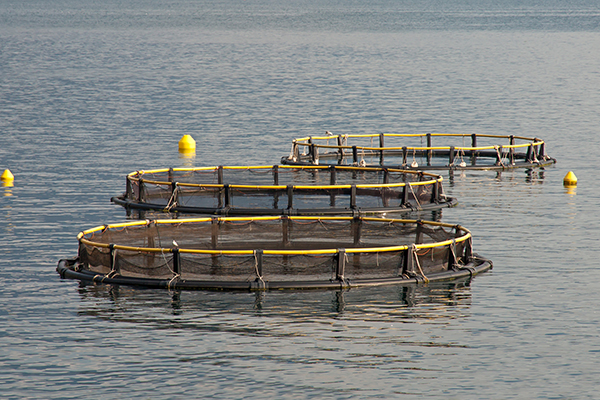
Demand for aquaculture products worldwide should be strong as 2022 progresses, pending economic recovery from the global COVID-19 pandemic, according to a new report from world-leading food and agribusiness analysts at Rabobank.
In its latest report, “Global Aquaculture Update 1H 2022: Strong Demand Driven by Covid Recovery,” Rabobank outlined a scenario of high farmgate prices for salmon and shrimp and relatively flat feed costs, with cooling demand for fishmeal and more competitive soybean meal prices.
“We do see a strong price environment for key seafood species, especially salmon and depending on the supply growth, possibly shrimp too,” Gorjan Nikolik, senior seafood analyst at Rabobank, told the Advocate. “But at the moment there are few indicators that feed prices and other costs will decline in 2022.”
Farmed Atlantic salmon supplies will be tight, with only a minimal production increase (1 to 2 percent) expected from Norway. The major factor in Chile will continue to be harmful algal blooms (HABs), which have caused increased mortalities on farms. Chile’s salmon sector should see production decline again this year, which was already down 9.2 percent from 2020 to 2021.
The constrained supply picture, therefore, “supports multi-year high prices, given the expected good demand.” Salmon is a “Covid winner,” the report concluded, with at-home consumption on the rise during the pandemic. While this trend may cool a bit if foodservice returns in force, Nikolik expects at-home consumption to remain “well above pre-pandemic levels.” This is despite high prices, which are expected to remain at or above the highest levels seen since 2016.
Shrimp supplies appear to be ascending, with growth coming from world leaders India and Ecuador. After record-high production in 2021, Ecuador’s shrimp sector should grow again in 2022 after reaching 1 million metric tons (MT) of production in 2021.
“This is a big topic and the success today is part of a 20-year trend,” said Nikolik. Four major factors are leading to Ecuador’s shrimp surge, including a unique high-performance and low-density model; large companies operating on land they acquired 20 or 30 years ago, access to capital, and the ability to pivot in global markets; the perfect climate for farming shrimp; and logistical advantages with proximity to both key markets.
Follow the Advocate on Twitter @GSA_Advocate
Now that you've reached the end of the article ...
… please consider supporting GSA’s mission to advance responsible seafood practices through education, advocacy and third-party assurances. The Advocate aims to document the evolution of responsible seafood practices and share the expansive knowledge of our vast network of contributors.
By becoming a Global Seafood Alliance member, you’re ensuring that all of the pre-competitive work we do through member benefits, resources and events can continue. Individual membership costs just $50 a year.
Not a GSA member? Join us.
Author
-

James Wright
Editorial Manager
Global Seafood Alliance
Portsmouth, NH, USA
Related Posts
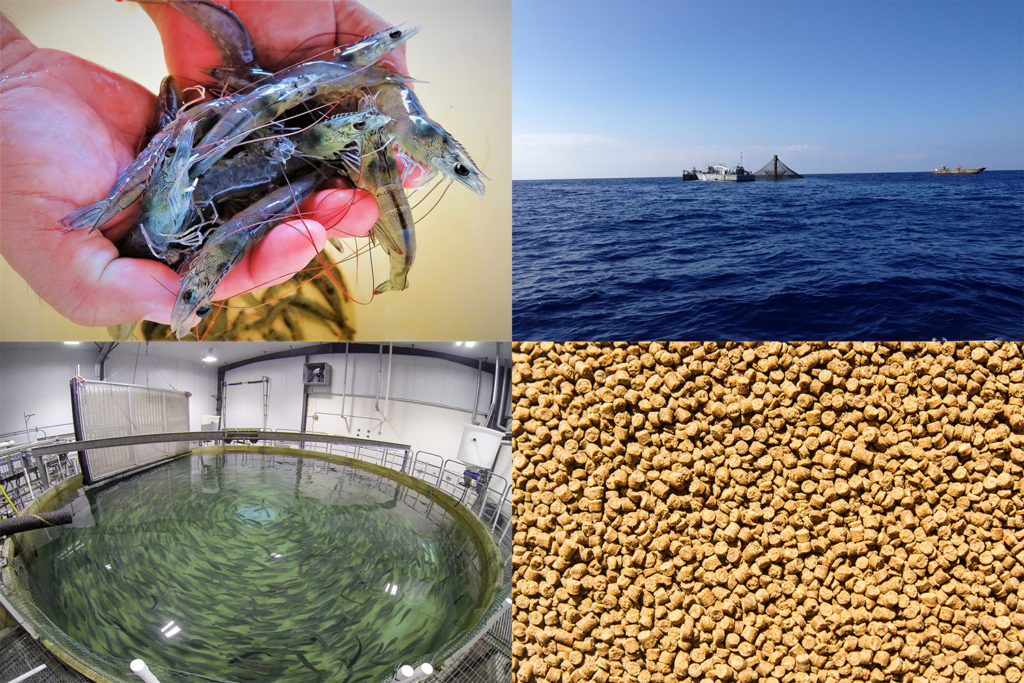
Innovation & Investment
Aquaculture is winning, Rabobank analyst explains
Aquaculture is the “winning protein,” according to a new Rabobank report that its author, Gorjan Nikolik, said is intended to draw the bank’s agro-industry clients to opportunities in the fish farming business.
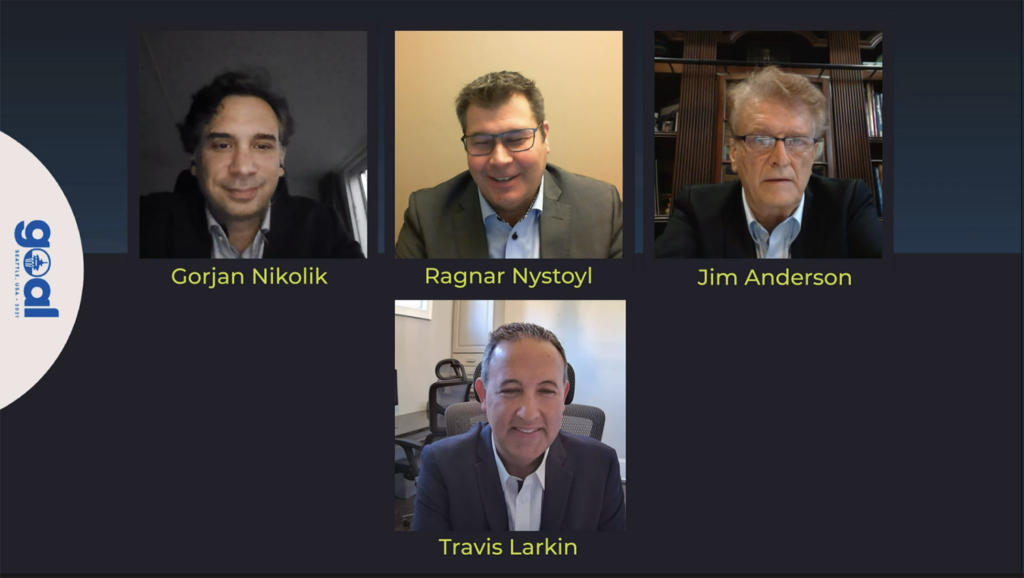
Responsibility
GOAL 2021: Growth ahead for the aquaculture industry
Discussion at the final GOAL 2021 event ranged from Ecuador’s booming shrimp sector to the ‘compass’ of the UN’s Sustainable Development Goals.
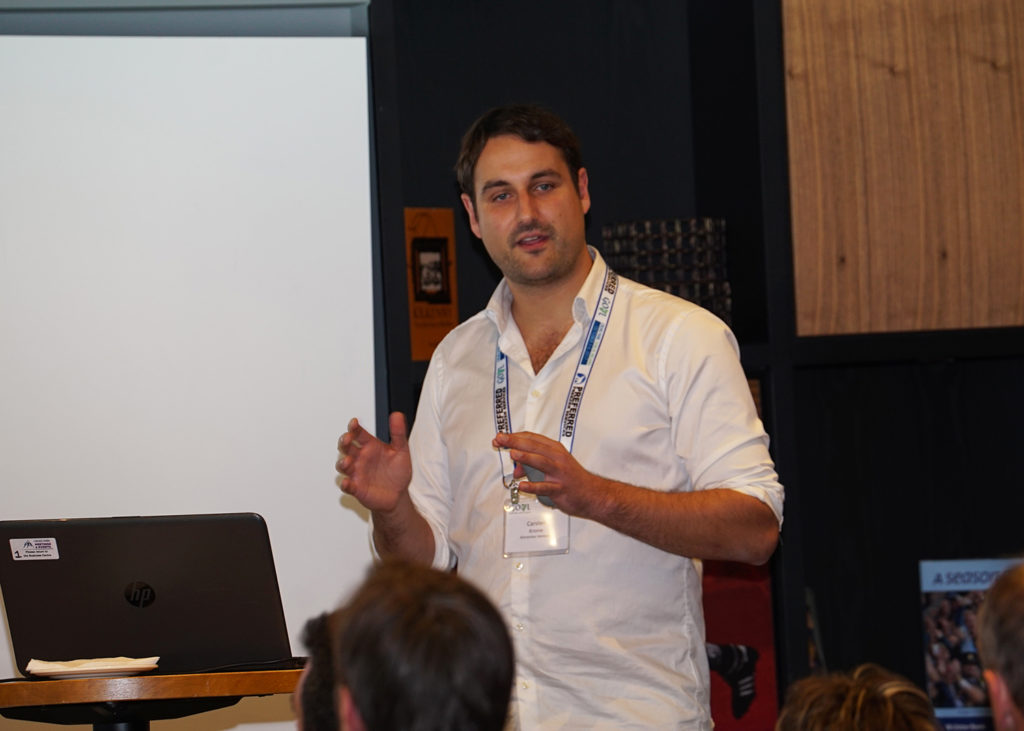
Innovation & Investment
Bergen becoming seafood startup city as accelerator Hatch sets up shop
Hatch Aquaculture Accelerator aims to support new companies, via an immersive three-month mentorship program, in the health, nutrition, technology and production sectors.
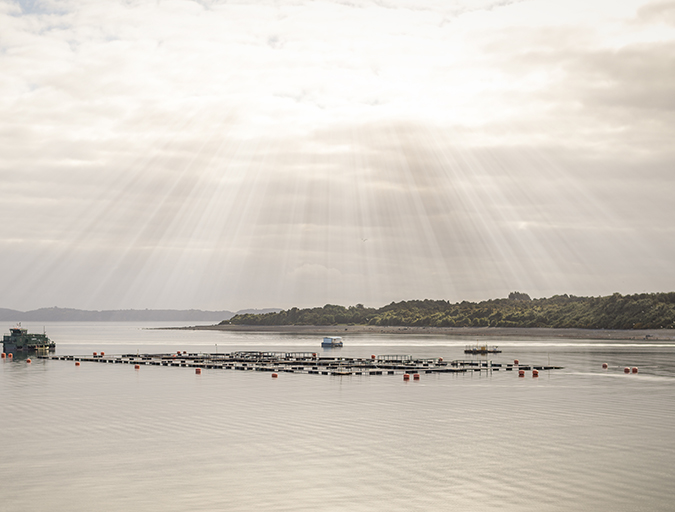
Responsibility
Chilean salmon farmers see brighter days ahead
Chile’s farmed salmon industry has had a rough decade. A lot is riding on its ability to work through the turbulence, including 70,000 jobs and $3.5 billion in annual sales. Is reducing production the answer?


